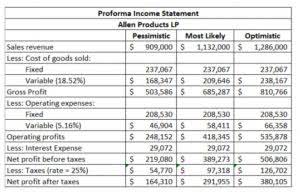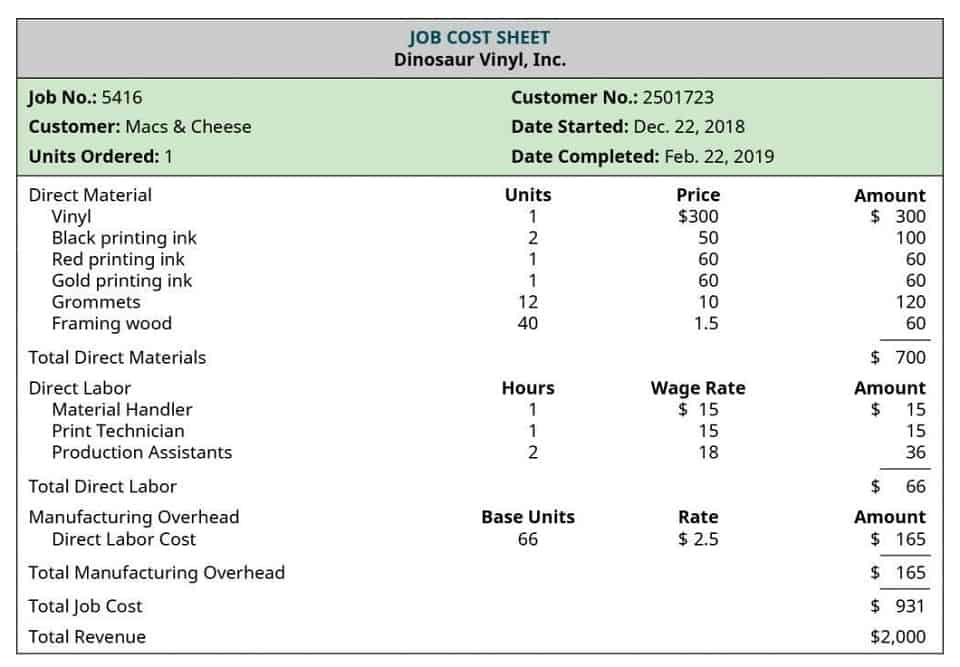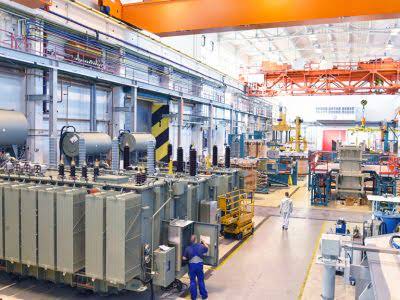Bookkeeping
Double Declining Balance Method of Deprecitiation Formula, Examples

A factory invests $50,000 in machinery with an expected useful life of 10 years. This pattern continues until the book value approaches the salvage value, ensuring depreciation never exceeds the asset’s worth. They have estimated the machine’s useful life to be eight years, with a salvage value of $ 11,000.
Comparison with Other Depreciation Methods
- First, calculate the straight-line depreciation rate by dividing 100% by the asset’s useful life.
- Since the assets will be used throughout the year, there is no need to reduce the depreciation expense, which is why we use a time factor of 1 in the depreciation schedule (see example below).
- The double declining balance method of depreciation, also known as the 200% declining balance method of depreciation, is a form of accelerated depreciation.
- Companies need to opt for the right depreciation method, considering the asset in question, its intended use, and the impact of technological changes on the asset and its utility.
- Assets are usually more productive when they are new, and their productivity declines gradually due to wear and tear and technological obsolescence.
- It is most likely to be used when tracking machine hours on a machine that has a useful life of a given number of total machine hours.
When the depreciation rate for the declining balance method is set as a multiple, doubling the straight-line rate, the declining balance method is effectively the double-declining balance method. Over the depreciation process, the double depreciation rate remains constant Restaurant Cash Flow Management and is applied to the reducing book value each depreciation period. The depreciation expense recorded under the double declining method is calculated by multiplying the accelerated rate, 36.0% by the beginning PP&E balance in each period. Certain fixed assets are most useful during their initial years and then wane in productivity over time, so the asset’s utility is consumed at a more rapid rate during the earlier phases of its useful life. Explore the nuances of double declining balance depreciation, its calculation, and how it compares to other methods. Companies will typically keep two sets of books (two sets of financial statements) – one for tax filings, and one for investors.
Using the DDB function
- Whether you’re a seasoned finance professional or new to accounting, this blog will provide you with a clear, easy-to-understand guide on how to implement this powerful depreciation method.
- As the declining balance depreciation uses the net book value in the calculation, the company doesn’t need to determine the depreciable cost like other depreciation methods.
- This is the fixture’s cost of $100,000 minus its accumulated depreciation of $36,000 ($20,000 + $16,000).
- Depreciation expense, on the other hand, is recorded on the company’s income statement.
- Partial-year adjustments aim to match depreciation expenses more precisely with the periods during which the asset was in use, offering a more accurate depiction of financial performance.
First, the straight-line depreciation rate is determined by dividing 100% by the asset’s useful life. For example, an asset with a five-year useful life has a straight-line rate of 20%. This rate is then doubled to produce the double declining rate, which, in this case, would be 40%.
- It is frequently used to depreciate fixed assets more heavily in the early years, which allows the company to defer income taxes to later years.
- Companies are also required to disclose their depreciation methods and estimates in the notes to financial statements.
- We provide tips, how to guide, provide online training, and also provide Excel solutions to your business problems.
- Instead, compute the difference between the beginning book value and salvage value to compute the depreciation expense.
- They also report higher depreciation in earlier years and lower depreciation in later years.
Example 1: Calculating Tax for New Toyota
In year 5, however, the balance would shift and the accelerated approach would have only $55,520 of depreciation, while the non-accelerated approach would have a higher number. By accelerating the depreciation and incurring a larger expense in earlier years and a smaller expense in later years, net income is deferred to later years, and taxes are pushed out. Yes, businesses can switch methods if they find another one suits their needs better. Our solution has the ability to record transactions, which will be automatically posted into the ERP, automating 70% of your account reconciliation process. In this case, the DDB method helps reflect the machinery’s intense early usage, gradually reducing expenses as its productivity decreases.
Method 4 – Applying SLN Function

We will cover everything from the basics to examples, making it easy for anyone to grasp. DDB is best used for assets that lose value quickly and generate more revenue in their early years, such as vehicles, computers, and technology equipment. This method aligns depreciation expense with the asset’s higher productivity and faster obsolescence in the initial period.
The formula used to calculate annual depreciation expense under the double declining method is as follows. The Excel VDB function returns the depreciation of an asset for given period, using the double-declining balance method or another method specified by changing the factor argument. The Excel SLN function returns the depreciation of an asset for one period, calculated with a straight-line method. The calculated depreciation is based on initial asset cost, salvage value, and the number of periods over which the asset is depreciated.

Step 2: Determine the straight line depreciation rate

The biggest thing to be aware of when calculating the double declining balance method is to stop depreciating the asset when you arrive at the salvage value. That is less than the $5,000 salvage value determined at the beginning of the asset’s useful life. Note, there is no depreciation expense in years 4 or 5 under the double declining balance method. The key to calculating the double declining QuickBooks balance method is to start with the beginning book value– rather than the depreciable base like straight-line depreciation. The beginning book value is multiplied by the doubled rate that was calculated above. The depreciation expense is then subtracted from the beginning book value to arrive at the ending book value.
When and Why to Use the Double Declining Balance Depreciation Method
Here’s the depreciation schedule for calculating the double-declining depreciation expense and the asset’s net book value for each accounting period. In case of any confusion, you can refer to the step by step explanation of the process below. Accelerated depreciation techniques charge a higher amount of depreciation in the earlier years of an asset’s life. One way of accelerating the depreciation expense is the double decline depreciation method. Depreciation rates used in the declining balance method could be 150%, 200% (double), or 250% of the straight-line rate.

The fraction uses the sum of all years’ digits as the denominator double declining balance method and starts with the largest digit in year 1 for the numerator. For example, a company that owns an asset with a useful life of five years will multiply the depreciable base by 5/15 in year 1, 4/15 in year 2, 3/15 in year 3, 2/15 in year 4, and 1/15 in year 5. Companies use depreciation to spread the cost of an asset out over its useful life. By following these steps, you can accurately calculate the depreciation expense for each year of the asset’s useful life under the double declining balance method.